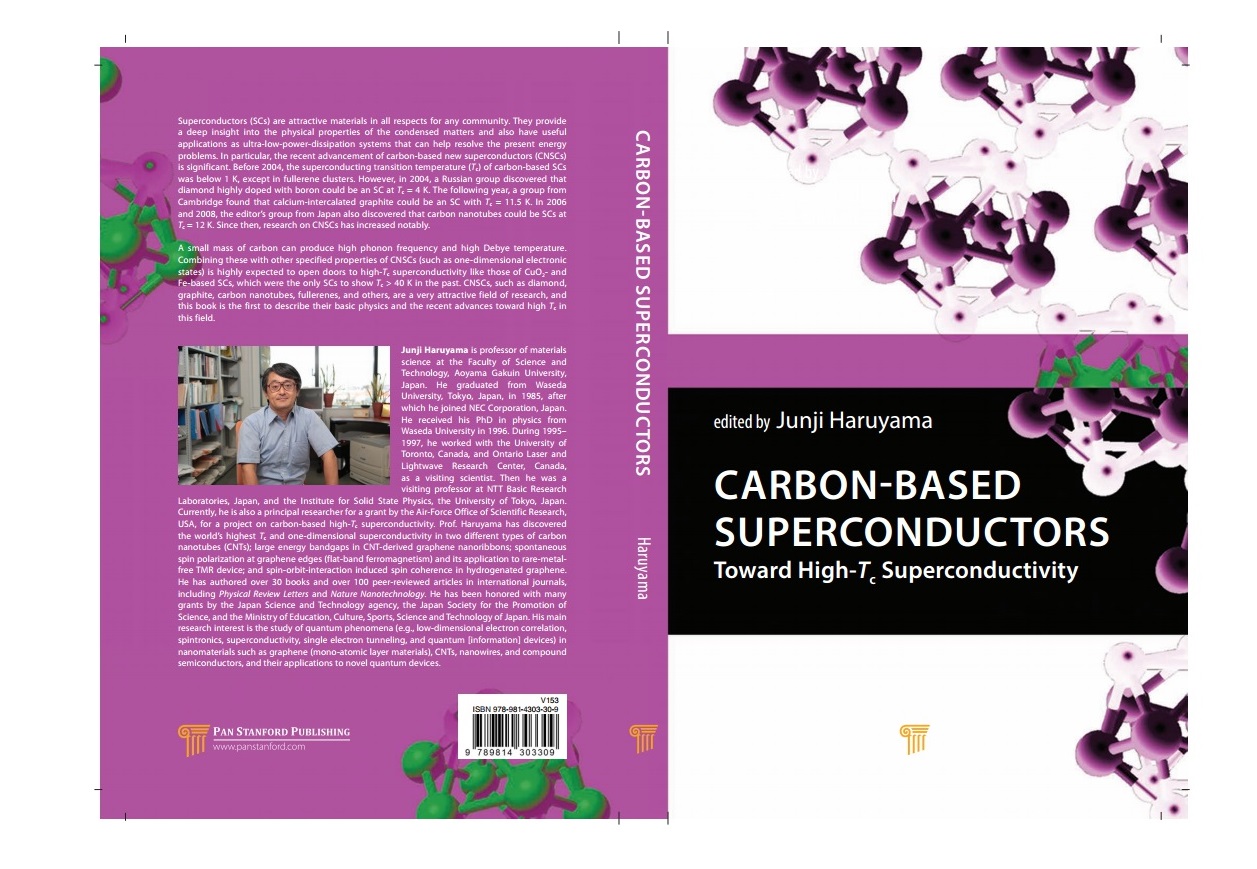
低パワーレーザー照射で創製した少数層1T'-MoS2において室温量子スピンホール効果の可能性を発見
Discovery of possible room-temperature quantum spin Hall effect in few-layer 1T'-MoS2 created by low-power laser irradiation
Nature Communications Materials 受理
レーザー照射照射法で創った原子層横型ショットキー接合が高効率光センサになることを発見
Lateral Schottky junctions with highly efficient photosensitivity created on few-atom-layer MoS2 by laser beam irradiation
Applied Physics Letters 投稿中
原子層半導体MoS2中にレーザー照射パターニングした1T'相でトポロジカル絶縁体の可能性を発見
Topological insulating states in few-layer 1T'-phase MoS2 patterned by laser beam irradiation
(Collaborated with University of Texas at Austin, Universidad Autonoma de Madrid, University of Pisa, and The University of Tokyo(ISSP))
Phys. Rev.Lett. 掲載
青山学報に掲載
大学プレスセンター https://www.u-presscenter.jp/2019/10/post-42357.html
青山学院大学HP https://www.aoyama.ac.jp/post06/2019/news_20191007/
東京大学物性研究所ニュース掲載







